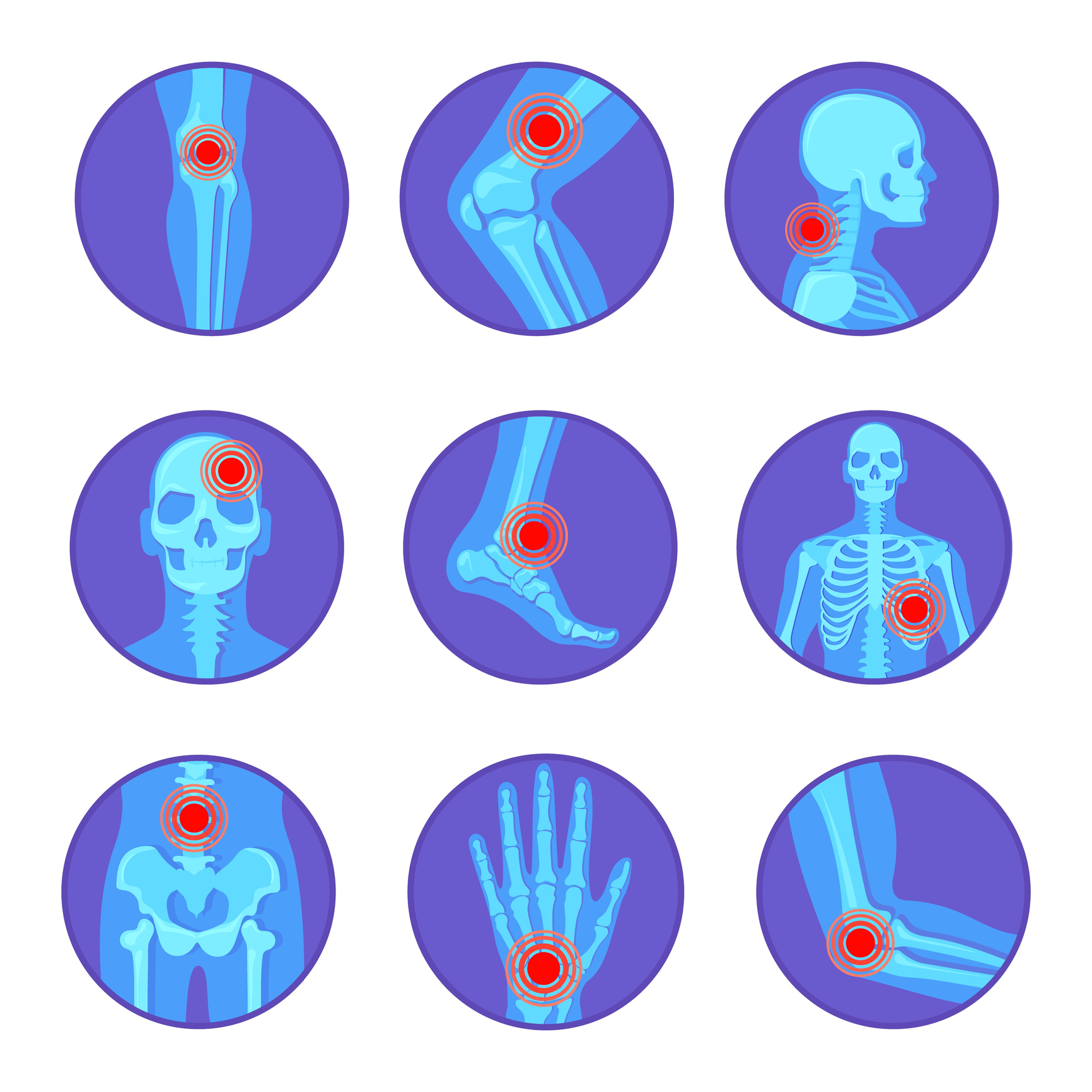The inosine triphosphate pyrophosphatase (ITPA) protein is responsible for removing noncanonical purine nucleoside triphosphates from intracellular nucleotide pools. Absence of ITPA results in genomic instability and increased levels of inosine in DNA and RNA. The proline to threonine substitution at position 32 (P32T) affects roughly 15% of the global population and can modulate treatment outcomes for cancer, lupus, and hepatitis C patients. The substitution of arginine with cysteine at position 178 (R178C) is extremely uncommon and has only been reported in a small cohort of early infantile encephalopathy patients suggesting that a functional ITPA protein is required for life in humans. Here we present molecular dynamic simulations that describe the structure and dynamics of the wild-type ITPA homodimer and two of its clinically relevant mutants, P32T and R178C. The simulation results indicate that both the P32T and R178C mutations alter the structure and dynamic properties of the protein and provide a possible explanation of the experimentally observed effect of the mutations on ITPA activity. Specifically, the mutations increased the overall flexibility of the protein and changed the dominant collective motions of the top lobe as well as the helix 2 of the lower lobe. Moreover, we have identified key active-site residues that are classified as essential or intermediate for inosine triphosphate (ITP) hydrolyzing activity based on their hydrogen bond occupancy. Here we also present biochemical data indicating that the R178C mutant has very low ITP hydrolyzing activity.Communicated by Ramaswamy H. Sarma.
Structural dynamics of inosine triphosphate pyrophosphatase (ITPA) protein and two clinically relevant mutants: molecular dynamics simulations.


